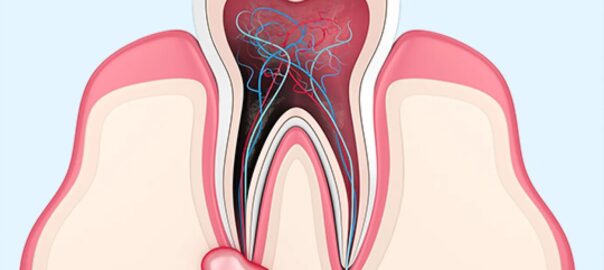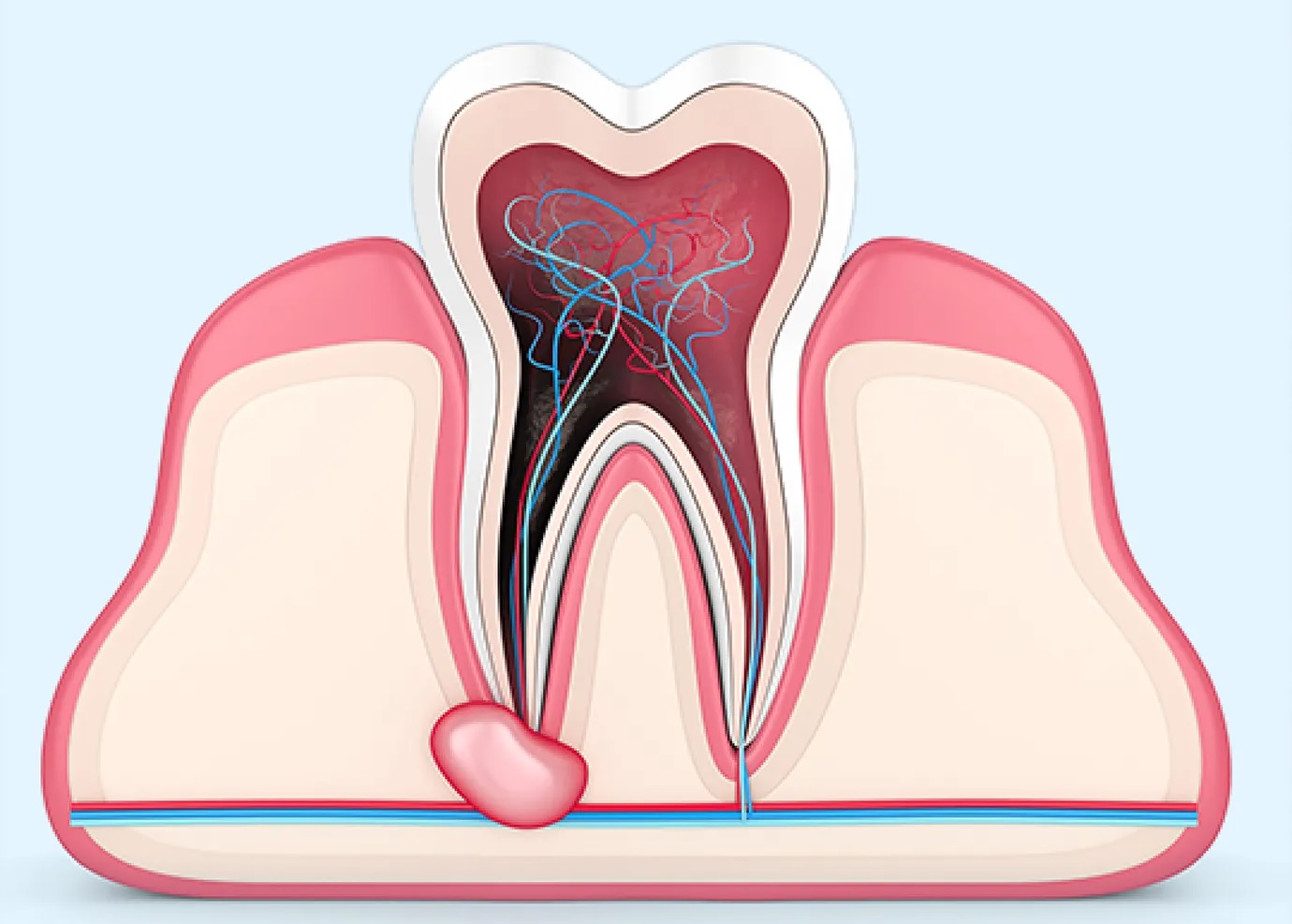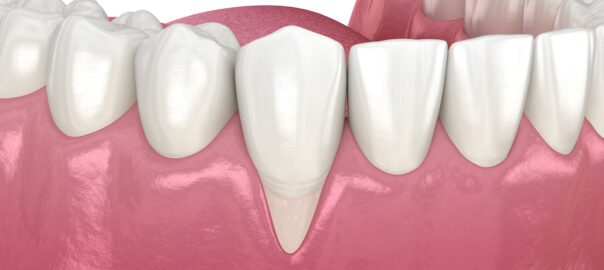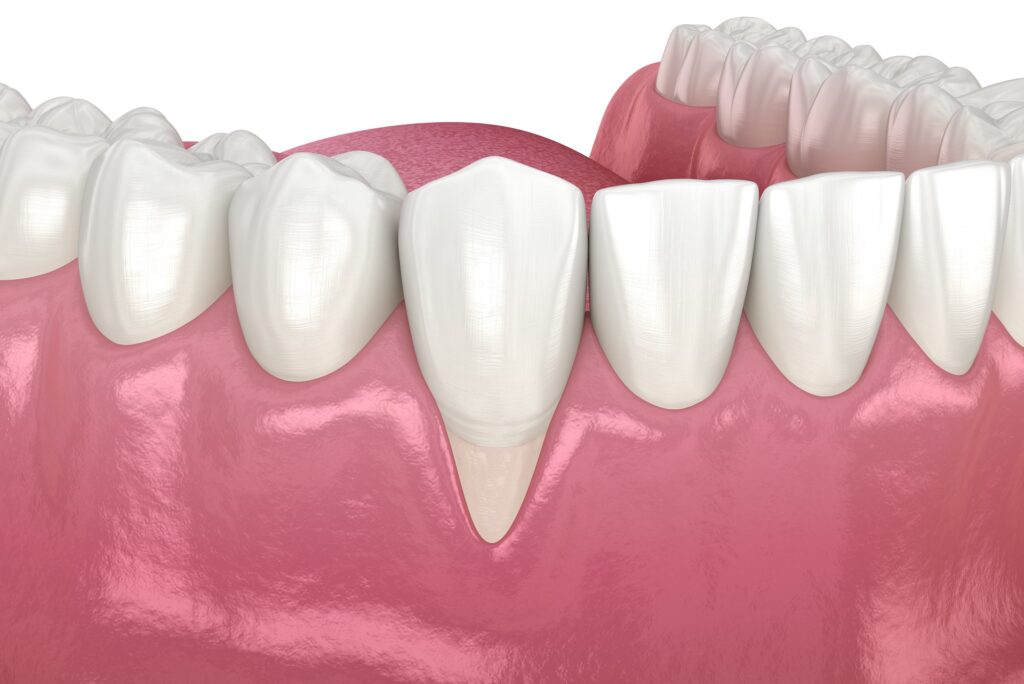Nobody is happy to hear that they have to do a tooth extraction. That they have to remove a tooth or any other tooth is painful and always generates some concern. That, not to mention that in Spain the price of these interventions range between 22 and 250 € . But more than half of Spaniards must go through an exodomia at some point in their lives.
We have prepared this article where we inform you of everything you need to know about dental extractions: how long it takes to heal a tooth extraction, how long the pain of a tooth extraction lasts, what to eat, what to do to Do not get infected, healing time after your wisdom teeth are removed …
Many people worry about pain, but we have good news: there are modern anesthesia techniques that make the intervention much more bearable. You will feel some pain in the area after the extraction, but we have some tips that will help you recover quickly from an extraction.
But first of all, we think it’s important that you know the reasons why a dentist might recommend a tooth extraction:
- Dental infection or severe decay .
- Periodontal disease (in the gums).
- Irreparable damage due to trauma (blows).
- Dental impaction (in case of wisdom teeth).
- Obtain the necessary space to realign the teeth with orthodontic appliances.
- So that the dentures or dental implants manage to fit.
REASONS FOR A DENTAL EXTRACTION
First, it is necessary to look at the main reason that leads your dentist to make the decision to remove the tooth. It is important that you be aware that it is an irreversible process , so be sure to clarify all the doubts you have before continuing. You can discuss your situation with your dentist or even ask for a second opinion .
Exodontia for damage or infection
A tooth infection can be a cause to extract a tooth. Thanks to recent dental advances, the removal of infected teeth is considered a last resort . Many cases can be treated simply with a dental filling (filling). Even if you developed a tooth abscess because of an infection , the root canal treatment can often preserve the tooth.
If the infection still persists, a tooth extraction, also called an extraction, will be necessary to stop its spread to other parts of the body through the bloodstream.
In case a large part of the tooth is lost due to the injury, your dentist will have the possibility of fitting a crown. Unfortunately, if there is not enough healthy tooth to support the reconstruction, they will have to be removed.
If you have an accident that loosens your teeth or if you feel severe pain, make an emergency visit to the dentist . You could carry out an emergency removal or prescribe another medication-based treatment.

Extraction of the wisdom tooth
The wisdom tooth is usually one of the main causes of tooth extractions.
The wisdom tooth – or third molar – is a problem for most people because our mouths simply do not have enough space for it to break through.
The fact that a tooth does not leave the gums correctly due to lack of space is known as ” impaction “. A tooth can be completely impacted – totally covered by the gum – or partially impacted – when only a part of the tooth has come out.
If a wisdom tooth is pushing the neighboring tooth, it can cause pain and even harm the healthy tooth. In this case, it would be best to remove the third molar.
Another common reason why the wisdom tooth should be removed are tooth decay or decay. Because these teeth are at the back of the mouth, they are usually difficult to clean. This means that they are more susceptible to infections. Even if the caries does not cause any pain, it is very likely to spread to the neighboring tooth if the third molar remains in its position.
Not everyone has the pack of 4 wisdom teeth. Some lucky ones do not have any. But if you have one or more of your third molars, the possibility of presenting complications at some point in your life are quite high.
Superior wisdom teeth are usually easier to extract than lower wisdom teeth. The reason? Their roots sometimes fuse, creating a smaller surface and a softer shape. In the same way, higher ones usually have three roots while lower ones have only two.
Excessive periodontal disease
Periodontitis – a severe manifestation of gum disease – causes the teeth to loosen . This is because the disease erodes the tissue and the bone that surrounds the root of the tooth, which in turn are responsible for fixing the tooth in place. If the disease has not progressed much, it is possible to treat it and save the tooth. In more advanced cases, extraction is usually the only option.

Extraction by dental alignment
Sometimes dental extractions are necessary before starting orthodontic treatment
Sometimes, people who wear braces- dental device-to correct dental malocclusion , you have to remove some teeth to release some space in the mouth.
Most likely you will be freed from the extraction but it will depend on the current state of your teeth as well as the type of brackets you choose. With Invisalign Invisible Brackets , for example, it is more common to create a slight widening between the teeth to create small spaces between each one.
We recommend that you first talk with your orthodontist to know if the treatment will require any dental extraction.
HOW IS THE DENTAL EXTRACTION PROCESS?
Routine of an exodontia
A simple dental extraction can be done in your dental clinic under local anesthesia. This means that you should not experience any pain but you will remain aware of what is happening around you.

There is a variety of dental instruments to extract teeth
The root of the tooth lodges in a deep hole of the gum: the dental alveolus. The ligaments hold the root of the tooth firmly in place giving it the bite force you are used to.
Very often, dentists use an instrument called an “elevator,” which fits under the tooth to loosen it. Alternatively, you may have to rock the tooth from side to side to enlarge the cavity. It is simply moving the wheel little by little so that it loosens and comes out more easily.
Once the tooth is loosened, the dentist can extract it directly with dental forceps . With anesthesia preventing any pain, you will only feel some pressure in your mouth during the process. In general, a simple extraction is done in just a few minutes.
If you feel very nervous about the procedure, ask your dentist if you can get an intravenous sedative. It will make you feel calm and relaxed, and you will not remember much of the procedure when the effects vanish.
Surgical extractions
Extraction of the wisdom tooth, especially in case of impaction, may require a more complicated surgical removal . The dentist or oral surgeon must cut inside the gum to access the tooth. Very long teeth are cut into smaller pieces to facilitate extraction.
Surgical extractions of a tooth can be performed under local anesthesia, but more complex cases will require general anesthesia. In this case, the removal is done by a dental surgeon in a hospital after they completely put you to sleep. General anesthesia is also used for infant extractions, or when several teeth have to be removed at the same time.
Another reason to need a surgical procedure instead of a simple extraction is when there is no tooth surface on the gum line. It can be due to a caries in a very advanced state or to a blow. In this case, the dentist must cut the gum to access the remaining root.
When the teeth are cracked or fractured the extraction is usually more complicated due to the risk of breakage.
Immediate aftercare of exodontia
Immediately after the extraction, the dentist cleans the empty dental socket and makes sure that no fragments of bone or tissue remain. The dentist will press down on the sides of the alveolus to suppress bleeding and keep the jaw bone in the correct way.

Stitches in a recent extraction
It is at this point that your dentist will put points on the gum, if necessary. It is normal to receive points after a surgical incision, and sometimes also after a regular extraction. Dentists sometimes use a self-dissolving material that disappears on its own after a week or more.
Finally, the medical staff will give you a piece of folded gauze for you to bite. This absorbs blood and puts pressure on the extraction site. You will probably also receive an ice pack to minimize swelling. Carefully follow any instructions that your dentist gives you in this regard, as it will favor your recovery.
Does removing a tooth hurt?
As we have already mentioned, the dentist will anestasize the local area. You will feel pressure, but not pain . The injection to administer the anesthesia can be a little painful, but your dentist can use a special anesthetic gel to reduce the pain quite a lot.
In case you start to feel pinches or pain, notify your dentist immediately. If you are anxious about feeling pain during the procedure, arrange a signal with your dentist that you can use to tell him or her that you need to talk.
It is more common to feel some discomfort or pain after the extraction, once the anesthesia loses its effect. You can read more about how to deal with this below, in the recovery section.
RECOVER FROM A DENTAL EXTRACTION
One of the things that people care about most about tooth extraction is healing and recovery. Your dentist will tell you what to do after a tooth or tooth is removed. You should know that the recovery process depends on the type of intervention and the position of the tooth , but you must follow the dentist’s instructions to the letter. We leave some general information and advice so you know what to expect when you face an extraction.
How long does it take to cure a tooth extraction?
After the procedure, a blood clot will form in the empty socket. It is important to do everything you can to keep it in place. If the clot dissolves, the alveolus will be exposed, which is very painful. This is called “dry socket” and requires additional dental care.
In simple cases, the healing time of a tooth extraction is 7 to 10 days . Then the tissue of the gum is quite recovered and the stitches can be removed, if they do not fall on their own. In about two weeks, the smaller alveoli will be completely cured.
How long does it take to cure a wisdom tooth extraction?
The recovery of a third molar extraction may be a bit longer, especially if the molar was impacted and had to be removed surgically. This is simply because the molar extraction wound is longer and takes longer to heal completely. Especially the part that is not seen. Under the surface, it takes about 6 to 8 months for the jawbone to grow back and fill in the hole left by the tooth.
How long does the pain last after a tooth extraction?
It is normal to feel some discomfort, inflammation or pain after a tooth extraction. Your dentist will prescribe analgesics to relieve it. I may also recommend other products or medications that you consider appropriate.
The area around the alveolus is probably sensitive and you may experience some swelling in your face. It should decrease in 2 or 3 days.
If you continue to experience pain, or if you suddenly notice that it becomes more intense days later, contact your dentist immediately as you may have an infection.
Tips to recover quickly from an extraction
To speed up the recovery process it is important to give yourself proper care after dental extraction. Thus, you can return to normal as soon as possible.
In the first 24 hours after tooth extraction you should:
- Apply a gauze as we have explained.
- Inform your dentist if the bleeding does not decrease.
- Avoid rigorous rinsing with water or mouthwash.
- Avoid brushing your teeth near the extraction site.
- Resist the temptation to touch the site with your tongue or fingers.
- Avoid hot foods and drinks because heat may dissolve the blood clot.
- Avoid smoking or drinking through sorbets, the action of sucking can pull the clot.
- Keep your head elevated when you are lying down.
- Take it easy and avoid strenuous activities.
How many days of rest after removing a tooth?
Consider taking a day or two away from work so that your body has time to rest. 24 hours after the extraction you can use salt water to clean yourself. Dissolve half a teaspoon of salt in a cup of water and rinse your mouth.
It is recommended that during a few days you opt for soft foods and chew on the opposite side of the mouth. If you have had multiple extractions in different areas, your dentist may recommend a liquid diet.
You should keep these precautions for more than a week after a surgical removal.
Continue drinking enough water so that your body stays hydrated during the healing process. just remember not to use a sorbet.
Once you have recovered, try to maintain a good oral hygiene to reduce the chances that you need another tooth extraction or some other type of treatment in the future.
OPTIONS TO REPLACE A DRAWN TEETH
If you need a dental extraction -particularly one from the front-, you will soon be thinking about the options you have to replace it. The three main options are:
- Dentures (false teeth).
- A bridge.
- A dental implant
Consider replacing the extracted tooth with an implant

Dental implants
They are the most permanent option and also the most similar to a natural tooth.
The titanium implant is inserted into the mandibular bone and an artificial dental crown is adhered on top. The bone fuses with the implant and that minimizes bone loss.
But implants are the most expensive options: they cost around € 1800 for each dental implant and crown. Fortunately, there are ways to save money on the treatment to make the implants more profitable.
Dentures
Bridges and dentures are types of dentures that adhere to the surface of the gum. A bridge is permanently fixed in place while a denture is removable and placed .
Both serve as long-term solutions for tooth loss. They are cheaper than implants, but come with the risk of bone loss over time.
You may have a temporary prosthesis if one of your front teeth is removed. Talk to your dentist to determine what options are available to you, and how much they will cost you.
Thanks to modern dentistry there are different ways to restore your smile.














 The gingivectomy is the removal of gum tissue (gingival) through surgery. Gingivoplasty is a type of gum surgery used to reshape healthy gum tissue around teeth. Periodontologists usually perform two types of surgery. These dentists specialize in treating gums and other structures that support the teeth.
The gingivectomy is the removal of gum tissue (gingival) through surgery. Gingivoplasty is a type of gum surgery used to reshape healthy gum tissue around teeth. Periodontologists usually perform two types of surgery. These dentists specialize in treating gums and other structures that support the teeth.
